Arrival at Victoria Falls Airport (Zimbabwe). Transfer to your hotel, check in and spend the rest of day at leisure.
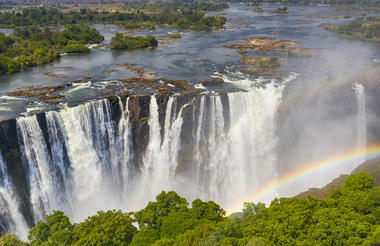
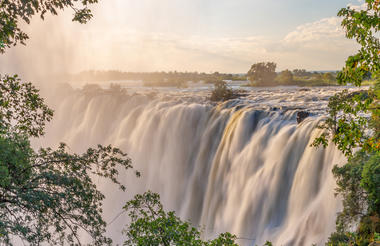
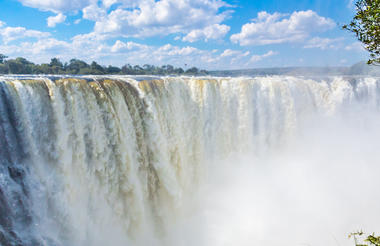
A morning tour of Victoria Falls: The Victoria Falls is a truly awe-inspiring experience – the sight, the sound, the smell; the humbling feeling that here indeed is nature’s supreme masterpiece. No photograph can begin to depict the reality … and nothing prepares you for your first sight. Guests will be accompanied through the Rainforest by a local guide who will give a brief history of the Falls themselves as well as detailing the flora, fauna, bird and wildlife and other points of interest. In the late afternoon you will be collected for a sunset cruise on the Zambezi River. (Park entrance fees and river fees included).
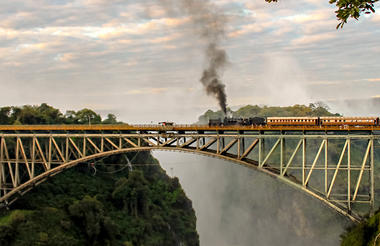
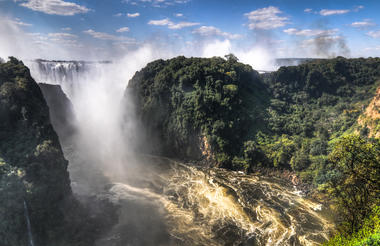
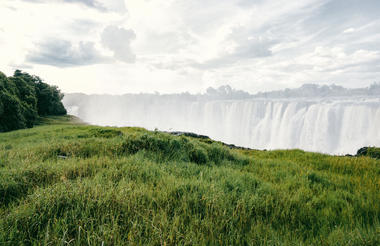
A day at leisure at Victoria Falls.
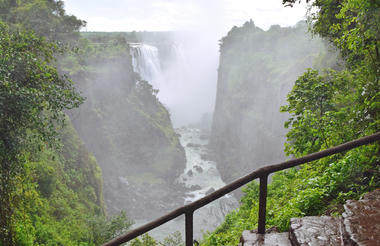
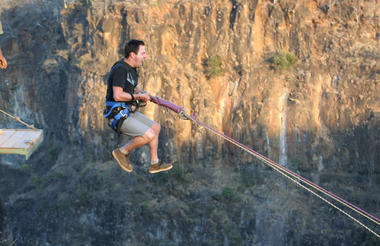
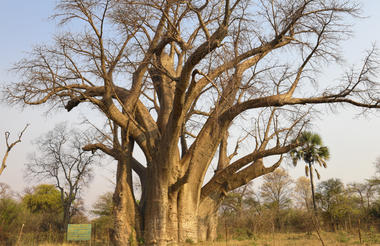
You will be collected at your hotel and transferred to your lodge in Botswana, ready to explore Chobe National Park. In the afternoon, enjoy your first wildlife activity. The Chobe National Park, which is the second largest national park in Botswana and covers 10.565 square km, has one of the greatest concentrations of game found on the African continent. Its uniqueness in the abundance of wildlife and the true African nature of the region, offers a safari experience of a lifetime.
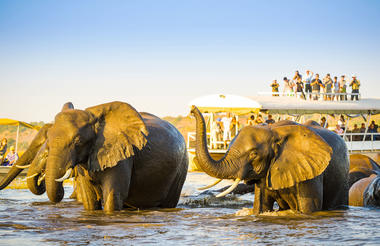
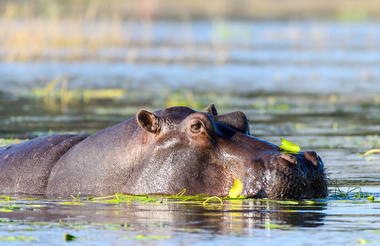
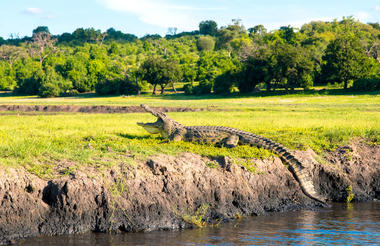
Your wildlife safari in Chobe continues, both on land and also by boat on the Chobe River. A major feature of Chobe National Park is its elephant population currently estimated at around 120,000. The Chobe elephant are migratory, making seasonal movements of up to 200 km from the Chobe and Linyanti rivers, where they concentrate in the dry season, to the pans in the southeast of the park, to which they disperse in the rains.
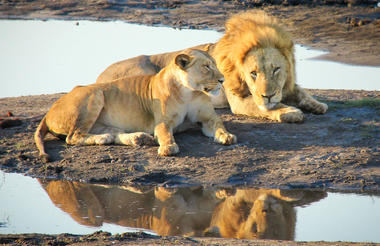
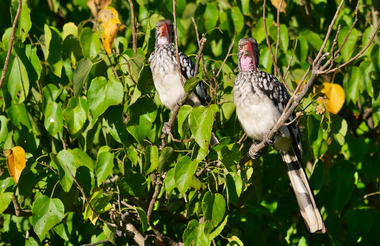

You will be collected after breakfast, and transferred to your next adventure – Hwange National Park in Zimbabwe. Arrival at Hwange Main Camp, where you will be met by your lodge hosts and transferred to the lodge in 4x4 vehicles. Your safari has already started – you are likely to see some of Africa’s wildlife already en route to your lodge. Check in to your comfortable accommodation. In the afternoon, set off on your first game-drive in Hwange National Park.
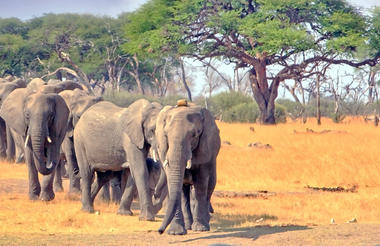
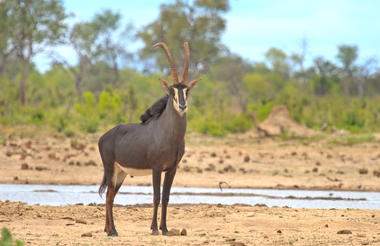
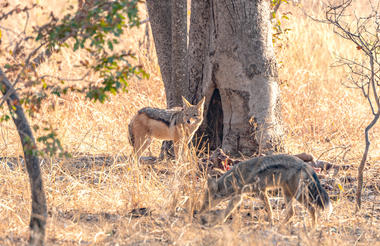
Early morning and late afternoon game-drives will show you magnificent wildlife and a true African savannah. Some lodges conduct the game drives on the National Park roads (where you may meet other visitors to the park), other lodges are located on private concessions within the national park, which means that only the lodge guests have access here and the game-viewing may be more private.
Hwange National Park is the largest reserve in Zimbabwe and is home to one of the highest concentration of game: the park boasts more than 100 different animal species and over 400 species of birds. Moreover, Hwange is world famous for its 30,000 elephants, making it one of the few great elephant sanctuaries left in Africa. Beyond elephants, there are great herds of Cape buffalo, and lions are commonly seen – leopards and rhino are present but more elusive. Hwange is home to over 100 species of mammals including elephant, white rhino, buffalo, zebra, lion, leopard, cheetah, wild dog, giraffe, eland, Gemsbok, sable, Roan antelope, hippo, hyena, aardvark and various other nocturnal species. The park is also a bird watchers paradise, particularly in the wet season: it holds over 400 species of birds from teak woodlands as well as dry Kalahari habitats.
The dry season (from July/August, and driest in September and October) is the best safari time at Hwange National Park, as large concentrations of game, in particular elephant herds, must drink from the man-made and pumped waterholes to survive in a very hot and dry environment.
The rainy season (December to March) will see the wildlife dispersing across the park, and thus making it more difficult to spot them. The summer rains cause vegetation to burst into life, birdlife is spectacular at this time of the year due to the migrants coming down from the Northern hemisphere.
The park is also home to a varied bird community. Typical drier Kalahari birds include Red-billed Spurfowl, Crimson-breasted Shrike, Kalahari Scrub-Robin, Cut-throat Finch, Red-eyed Bulbul and Southern Pied Babbler. A Bat Hawk and African Hobby (summer only) are good finds here, which are sometimes seen at dusk hunting bats and swifts. The plains are alive with pipits, larks and wheatears like African Pipit, Dusky Lark (in summer) and Capped Wheatear. Raptors are plentiful including Martial Eagle, four vulture species and accipiters like the Shikra. In the summer months the bird list is greatly increased by migratory species like Southern Carmine Bee-eaters, Black Kites, Broad-billed Rollers, various cuckoo species, Abdims Storks and European Bee-eater.
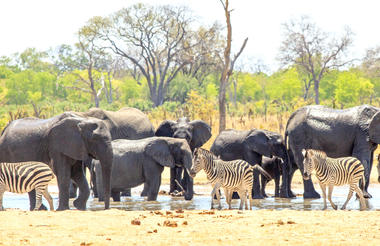
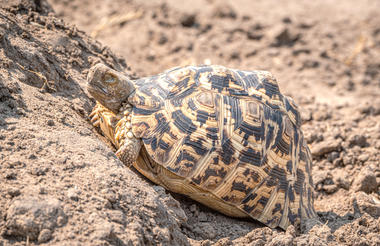
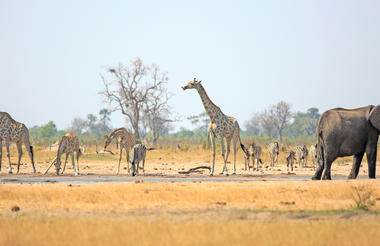
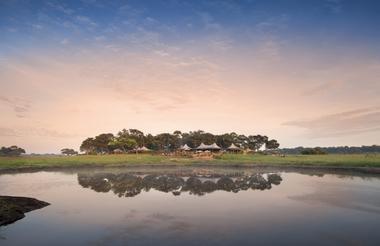
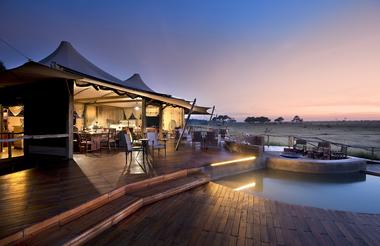
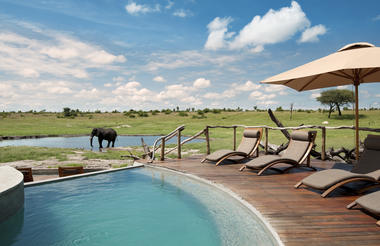
Your last morning game-drive before being transferred back to Hwange Main Camp. Here, your transfer representative will meet you, and driving you back to Victoria Falls airport.

